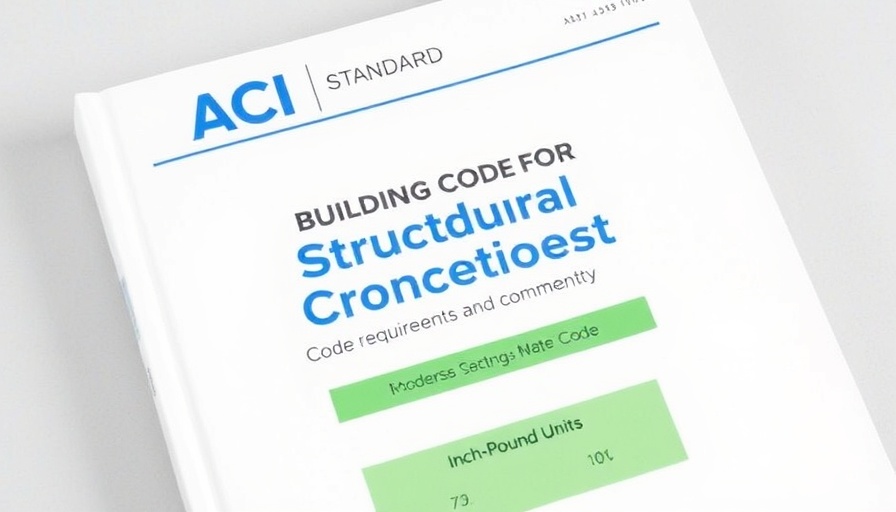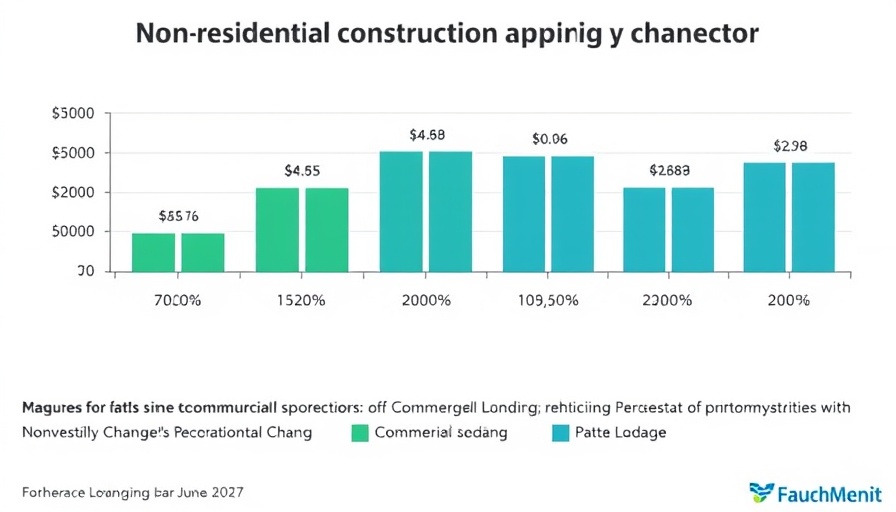
The Evolution of Digital Delivery in Construction
In today’s fast-paced construction environment, digital delivery has emerged as a game-changing strategy to connect communities and enhance project efficiency. The recent Bridge Conference showcased groundbreaking ideas focused on advancing technologies that facilitate real-time communication and project management. With insights from industry leaders aiming to harmonize efforts, this conference highlighted the increasing reliance on digital tools to create seamless collaborations.
Building Bridges Through Technology
One of the standout discussions was centered around how technology isn't just a tool but a catalyst for cultural shifts within organizations. As firms transition from traditional workflows to digital methods, they are discovering new pathways for enhancing stakeholder engagement. This ongoing evolution emphasizes the importance of adapting to modern methods while preserving community connections, offering not just cost savings but improved project timelines.
Insights for Clients: Why Digital Matters
For clients of commercial construction companies, understanding the significance of digital delivery can greatly influence the success of a project. The implementation of digital platforms not only streamlines communication but also allows for real-time adjustments, minimizing wasted resources. Imagine having visibility over every stage of your construction project, enabling proactive decision-making. This level of engagement can lead to a higher quality outcome, tailored specifically to fit your needs and expectations.
Competitiveness in the Marketplace
Moreover, companies that embrace digital delivery tools stand out in a competitive landscape. The conference emphasized how those utilizing advanced technologies are often more agile, adapting swiftly to changes and unexpected challenges. This agility translates to greater client satisfaction and higher performance metrics.
The Future of Construction: Collaborative Approaches
The future actually creates optimism, with attendees discussing collaborative approaches that ensure technology fosters community engagement rather than isolation. By leveraging data and streamlining processes, the construction industry can move towards a more integrated model, building partnerships that extend beyond the project walls. This expanding network showcases the potential for technology to bridge gaps between public and private enterprises, enhancing the collective impact.
Conclusion: Your Role in the Digital Construction Era
As stakeholders in the construction domain, your role has expanded significantly in the age of digital connectivity. Embracing these transformative technologies can yield substantial benefits, enabling more informed decision-making and stronger community ties. As you consider your next project, remember the power of digital delivery—not just in terms of efficiency, but as a means to connect with your community on a deeper level.
If you want to stay ahead in this fast-evolving industry, explore the potential of digital solutions today; your community and project outcomes may depend on it.
 Add Row
Add Row  Add
Add 




Write A Comment